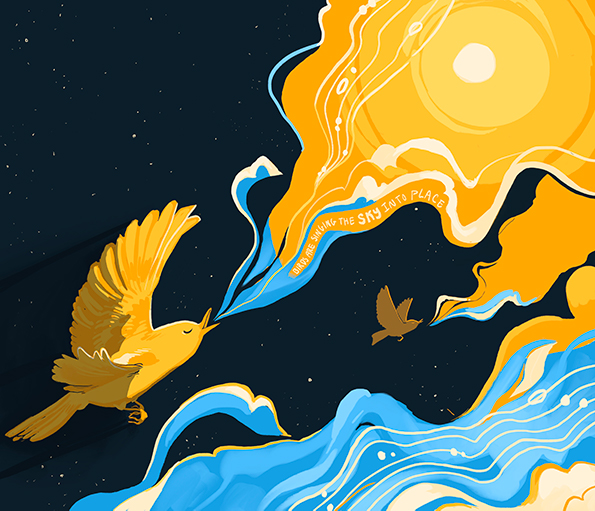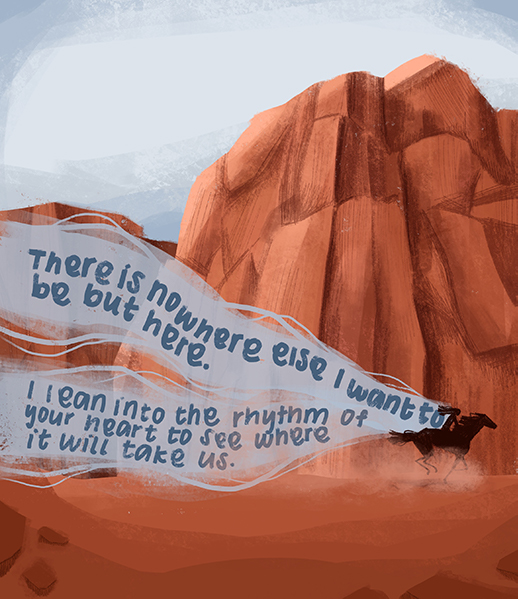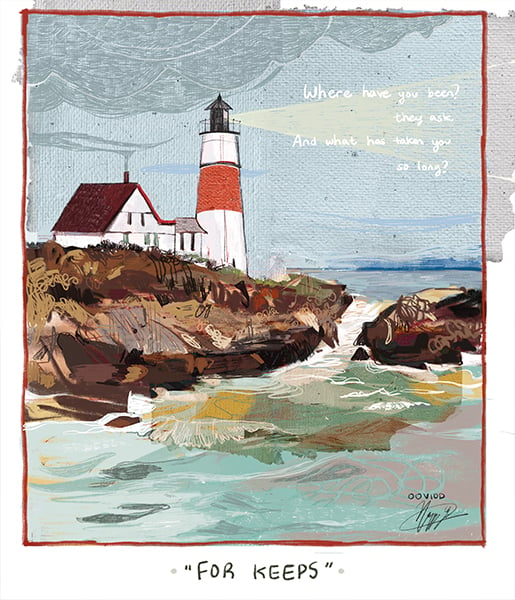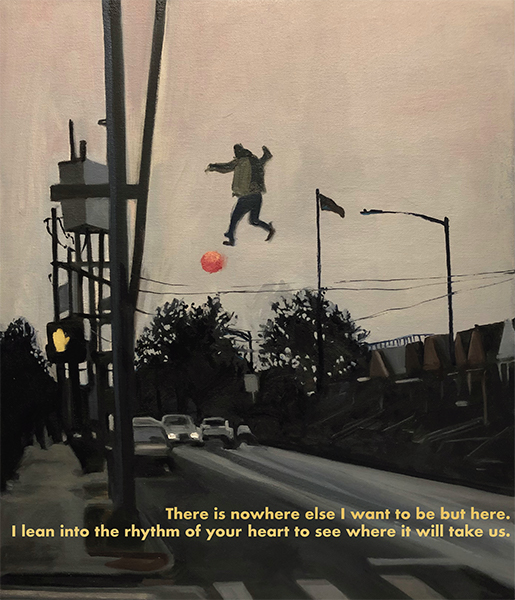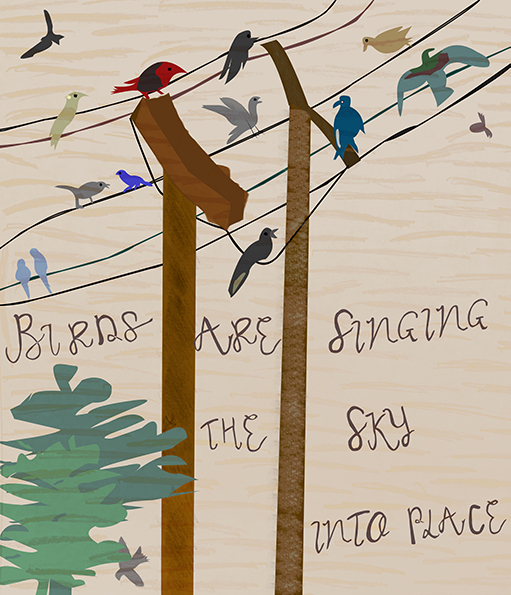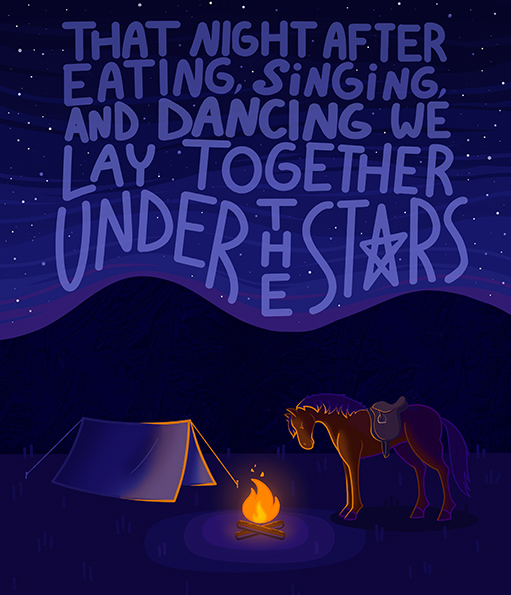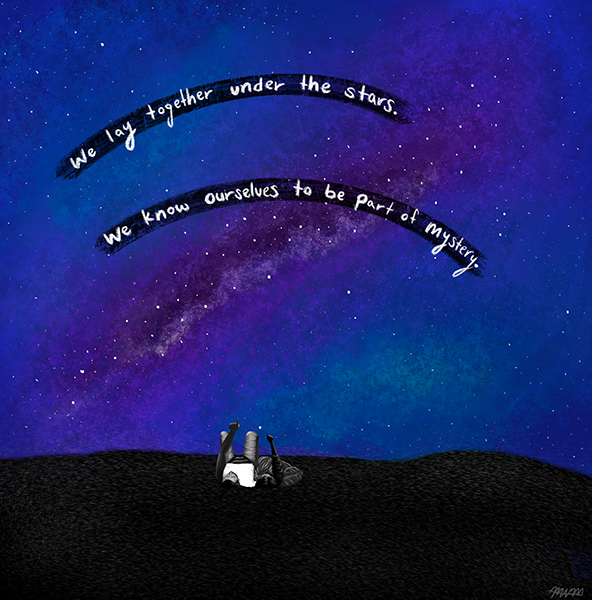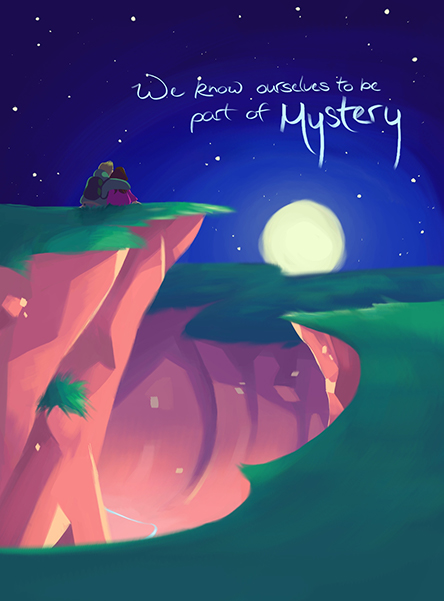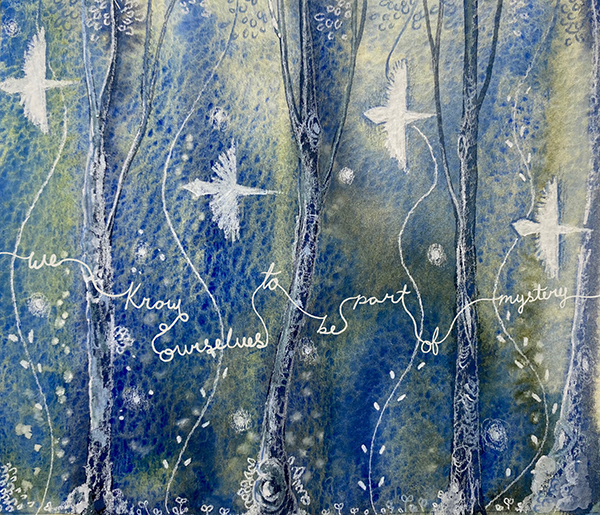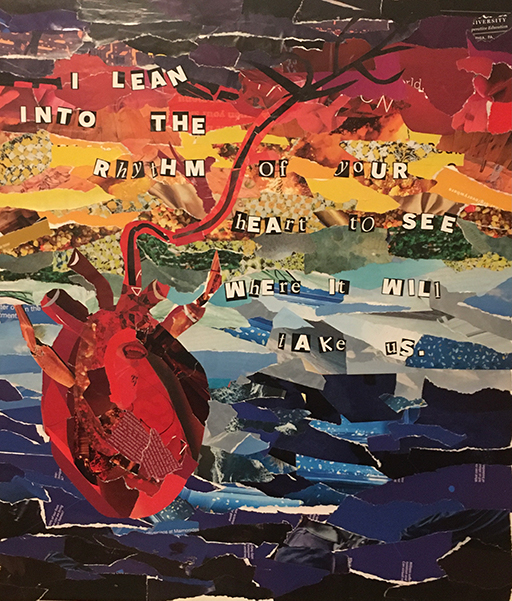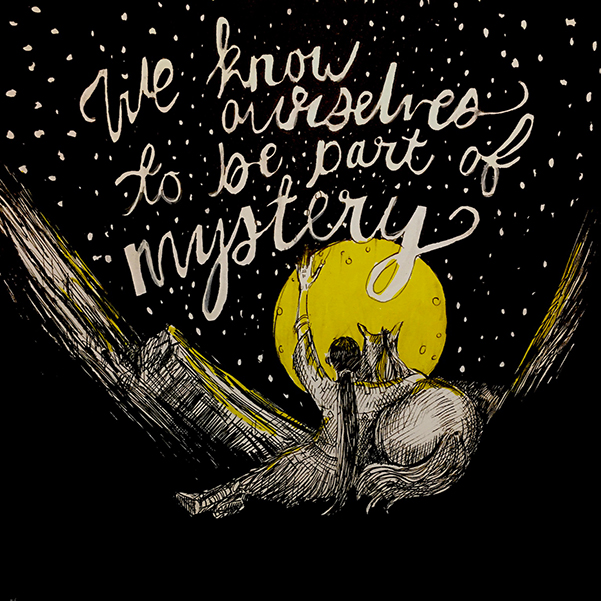In the fall of 2020, the Academy of American Poets, the originator and organizer of National Poetry Month, invited students in grades 9 through 12 to enter artwork to be considered for the official April 2021 National Poetry Month poster.
The 2021 poster, which will help commemorate the twenty-fifth anniversary of National Poetry Month, will be sent to 100,000 libraries, schools, bookstores, and community centers nationwide and made available by download on Poets.org. It will feature the artwork of one winning student, to be selected by judges Maira Kalman and Renée Watson. View the winning poster from last year's National Poetry Month Poster Competition here.
The Academy of American Poets is excited to share the following eleven finalists in the 2021 National Poetry Month Poster Competition. Thanks again to everyone who submitted! The finalists' artwork, which features excerpts from “For Keeps” by U. S. Poet Laureate Joy Harjo, is shown below alongside the artist statements the students have provided about their work.

